5 jobs to do in a vegetable garden in February to guarantee a year of strong, healthy crops
Your most productive vegetable garden yet? Right this way...
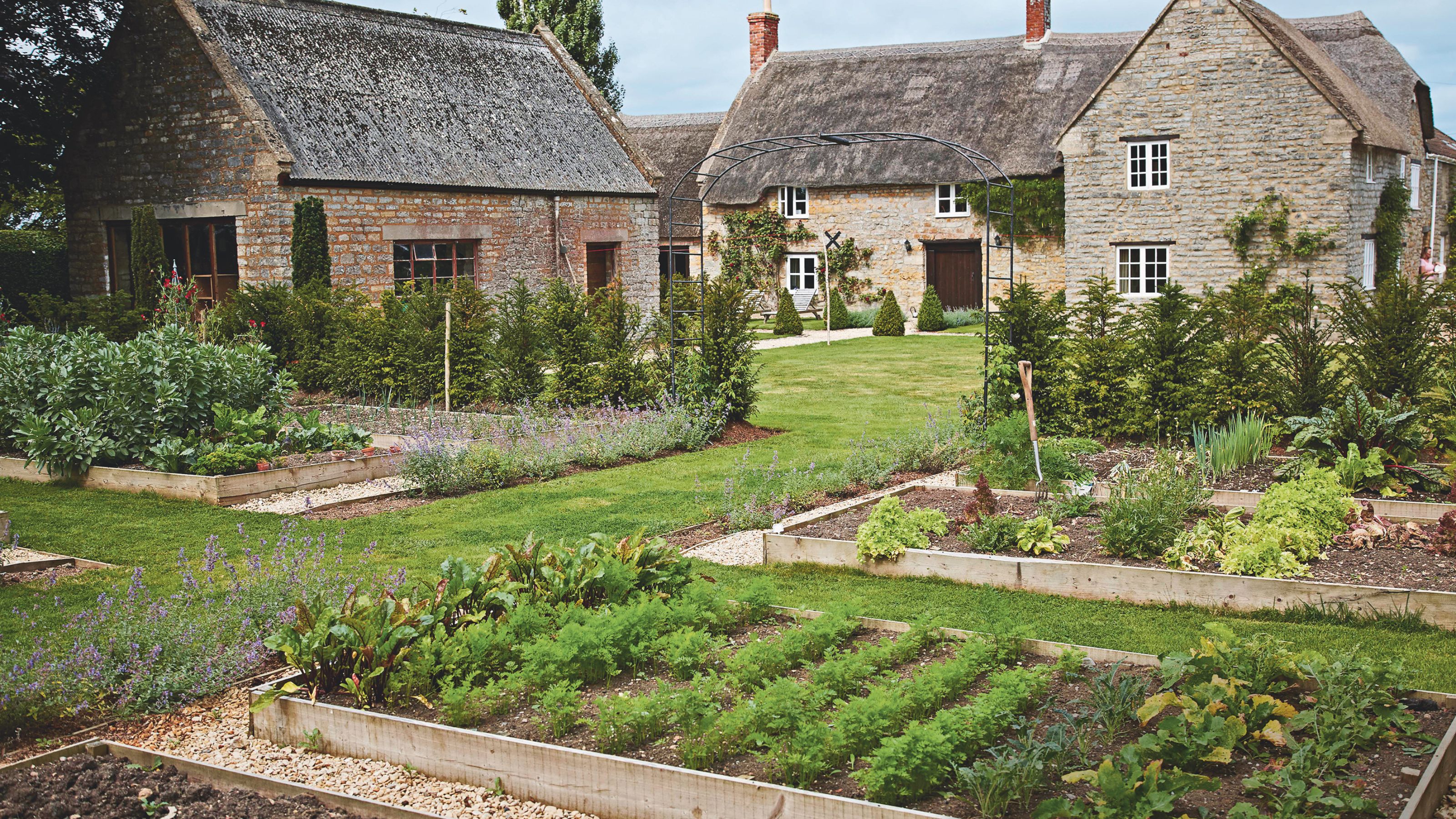

It might be chilly outside, but there are plenty of jobs to do in a vegetable garden in February if you're looking for ways to keep busy this month.
It's never too early to start planning a vegetable patch, which is where you'll find many of the best February garden jobs. In fact, if you're wondering what to plant in February, there's a generous list of vegetables to choose from. Elsewhere on the plot, you might already have some winter-growing vegetables, and there are ways you can tend to those, too.
We've rounded up the top jobs to do in a vegetable garden in February, with tips from gardening pros, to help you prepare for the growing season ahead.
What you'll need
- Multi-purpose compost like Miracle-Gro Peat Free Premium All Purpose Compost from Amazon
- A sturdy pair of secateurs like the Darlac Expert Bypass Secateurs from B&Q
- A cloche like the Garden Gear Apex Cloche from Thompson & Morgan
- A compost bin like the VonHaus Compost Bin from Amazon
1. Prepare the soil
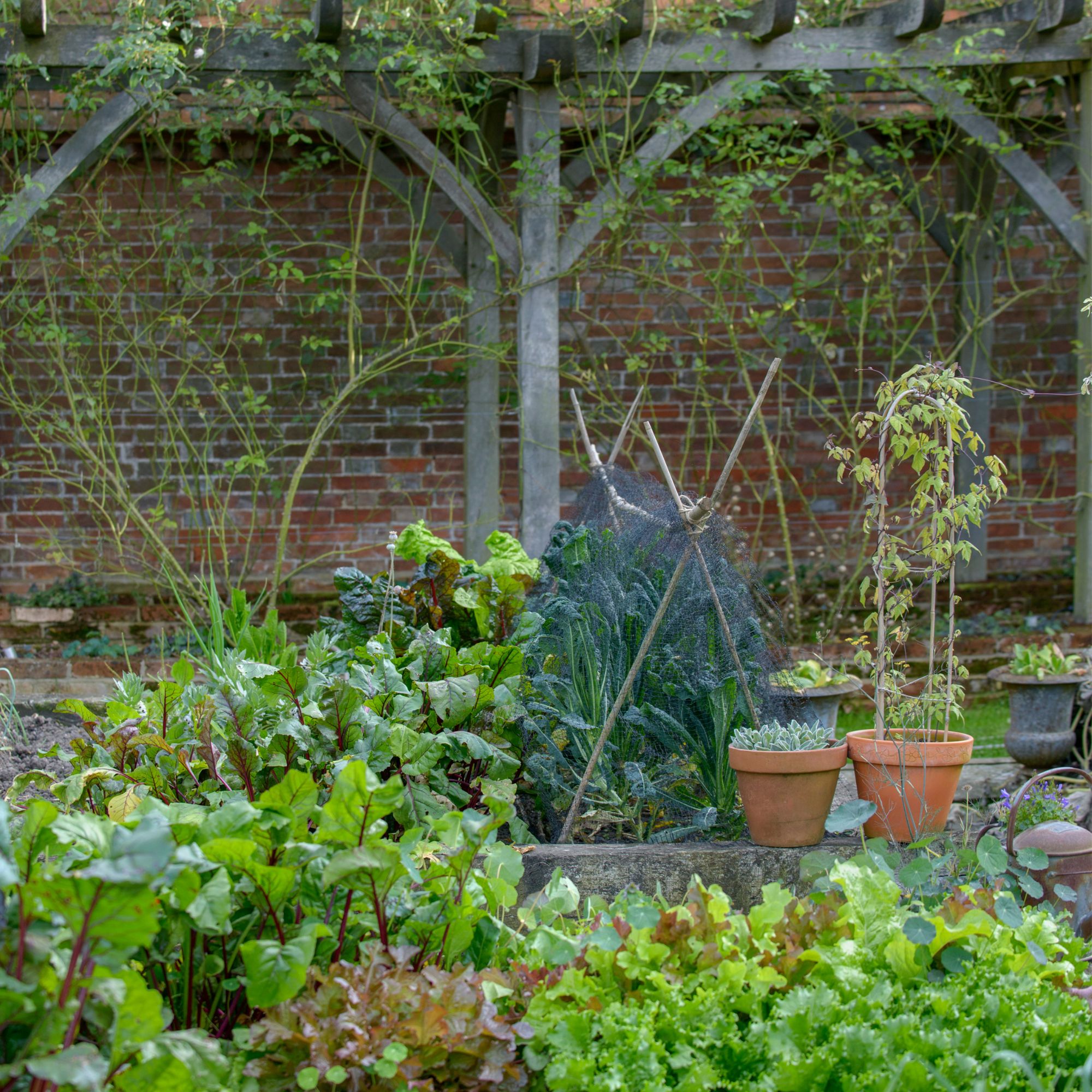
If you were busy preparing your soil for winter last year, you'll know how crucial soil health is for a productive garden — and enriching your soil with organic matter before spring is just as important.
As long as the ground is in the right condition, you can get started this month.
'When it's not frozen or soaked through, you can add compost to your soil to improve its fertility,' says Mark Dwelly, head gardener at Audley Villages.
Keep an eye on the weather, though. 'Be mindful that February can be a really unreliable month weather-wise, so you'll also want to monitor temperature changes and protect your soil from a resurgence of frost with outdoor covers,' Mark advises. 'Or, if it rains a lot, wait for it to dry and potentially repeat the first step again.'

Mark Dwelly got into gardening after paying attention to green spaces when playing golf. He went to horticultural college and his career stemmed from there. After looking after the grounds of a private school, he then started at Audley Stanbridge Earls, looking after 32 mixed acres of woodlands, lakes and vast gardens. He since has been promoted to Head Gardener for the group.
2. Compost
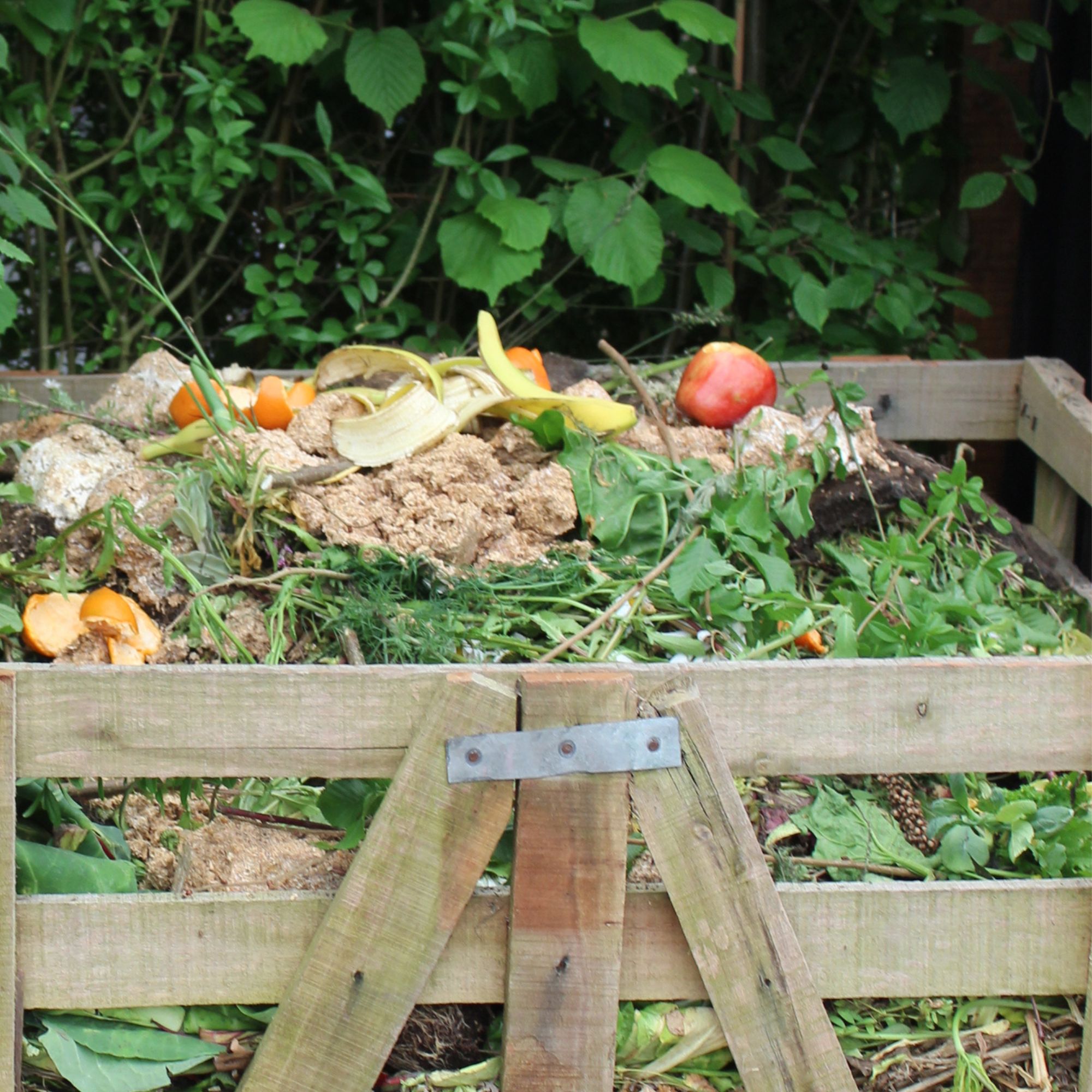
Learning how to make compost is one of the handiest skills a gardener can acquire, and it's never too late to kick off your own heap of scraps.
Whether you go all out and try hot composting or have a go at making compost in a bottle, there's an option for every budget, and you'll be rewarded with rich plant food for your crops. It's also a fantastic way to recycle food waste naturally.
'Composting will decrease waste going to landfill, help you avoid unpleasant smells, and ensure you have excellent compost for your plants this summer,' says Sarah Day, storage expert at Pay Less for Storage.
Just make sure you know what you should never put in your compost bin before you get started.
3. Prune brassicas
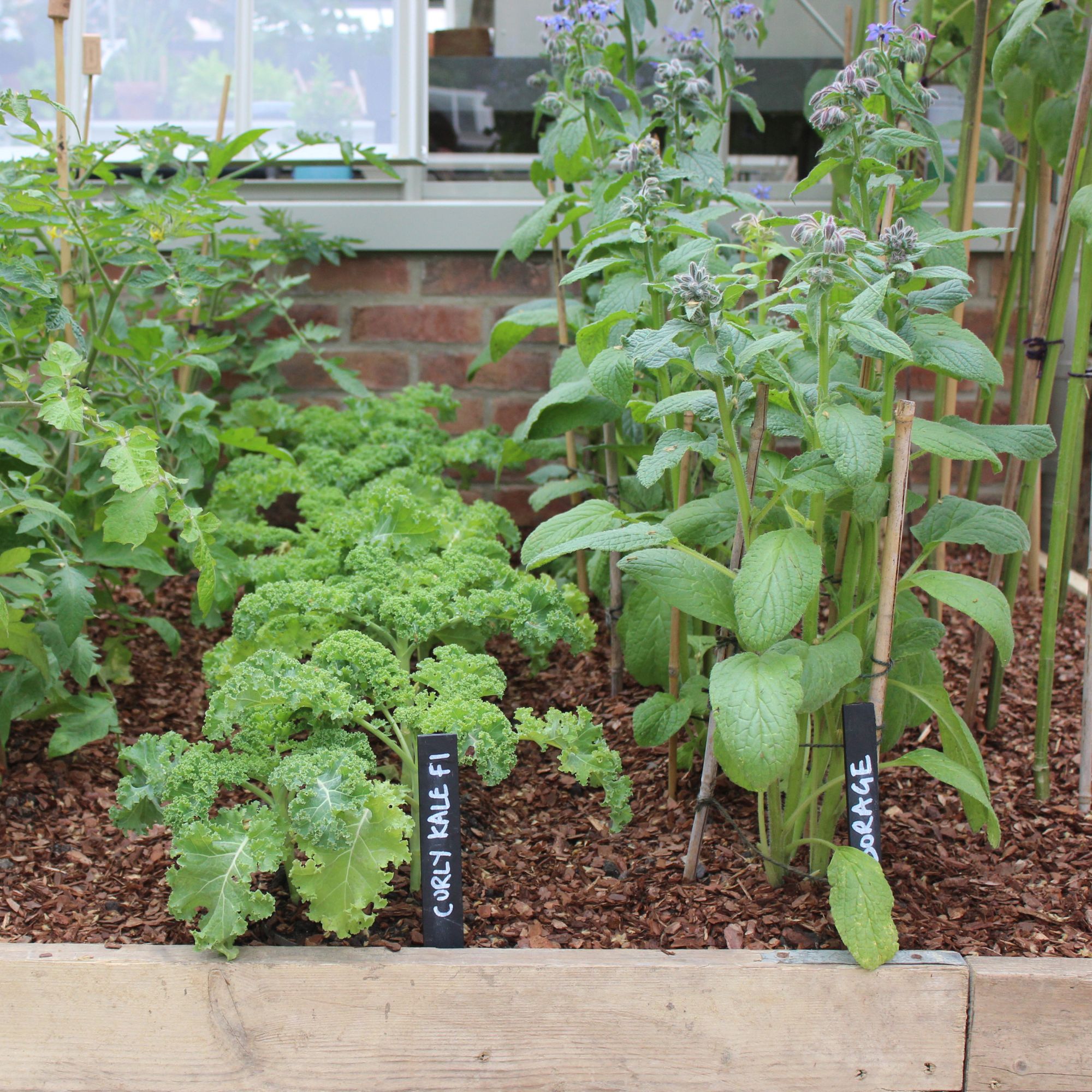
If you're already growing kale, cabbages and other brassicas, February is the perfect month to give them a tidy-up before spring arrives.
'Sprouts, cabbages and kale can be pruned in February if they show any signs of damaged or dead leaves,' says Mark. 'Be mindful not to strip them back too much, however, or they could become vulnerable to unpredicted frost.'
Always use sharp, clean garden tools for trimming plants, to avoid spreading disease among your crops.
4. Warm the soil for spring sowings
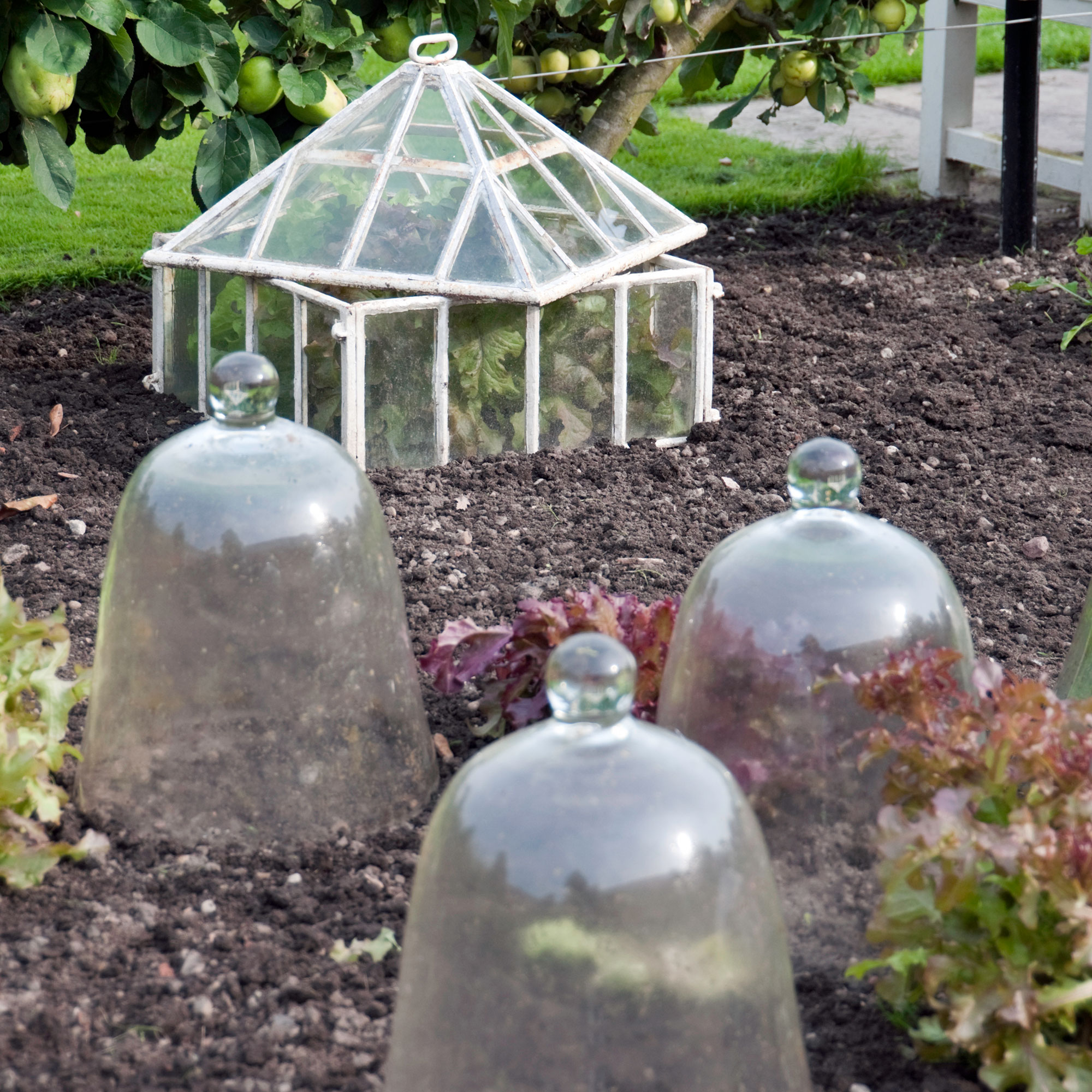
With spring right around the corner, one of the most important jobs to do in a vegetable garden in February is preparing your soil for new seeds. To do that, you'll need to invest in a cloche, or DIY a cloche alternative.
'If you’re preparing to sow vegetables, warm the soil with polythene or a cloche for a couple of weeks before sowing,' says Tom Barry, CEO of heritage glasshouse manufacturer Hartley Botanic.
The purpose? To take the chill off the soil. 'This raises the temperature by a few degrees and dries off the surface, creating a warm, crumbly seedbed that’s perfect for germinating seeds,' Tom explains. 'It's worth investing in a soil thermometer to check temperatures below the surface, too.'
You can buy a soil thermometer from Amazon for as little as £5.95.
5. Plant onions and garlic
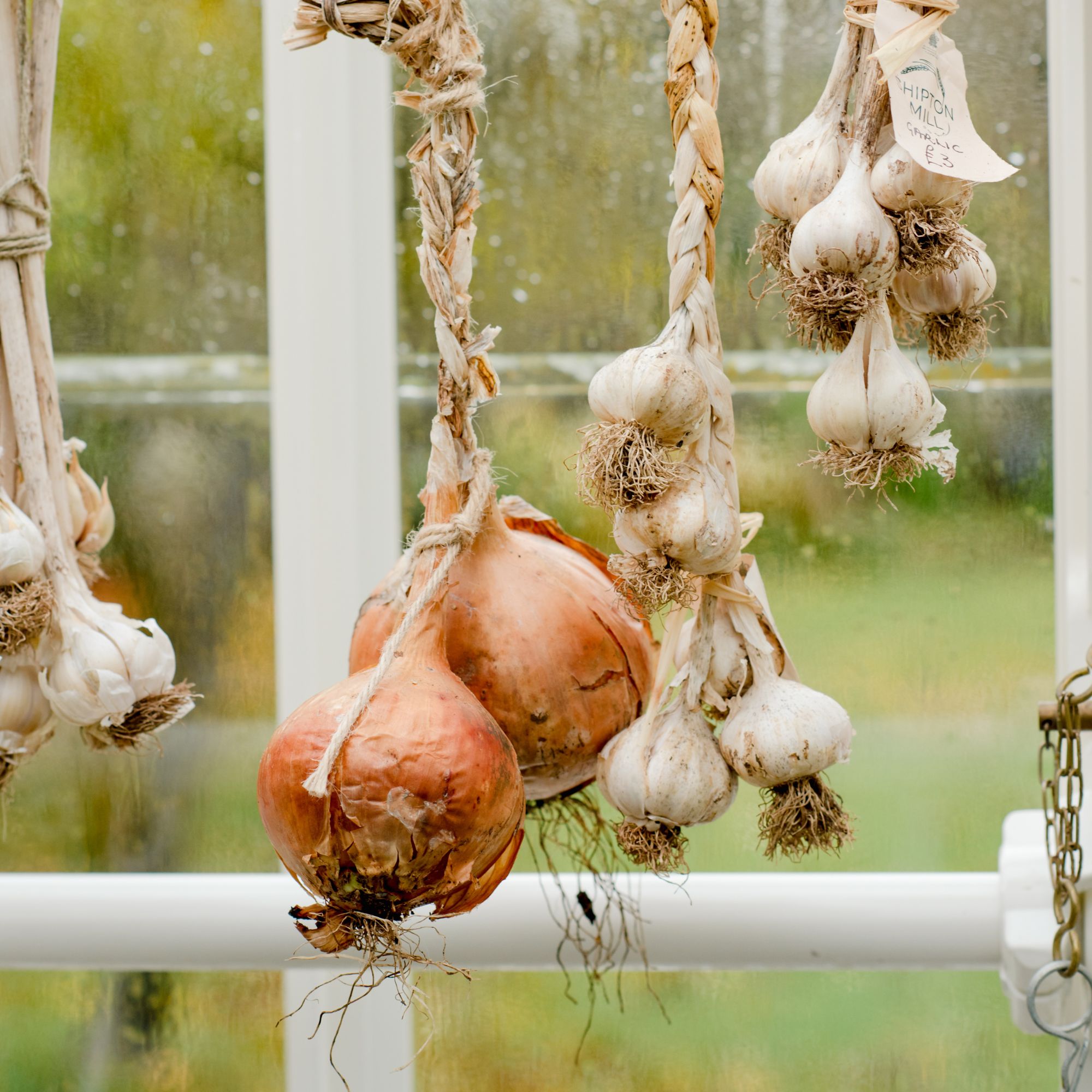
If you're determined to make 2025 the year you learn how to grow garlic, onions or shallots, you're in luck: bulb-planting is on our list of jobs to do in a vegetable garden in February, too.
'Onions, shallots and garlic can be planted towards the end of February,' says Tom.
Just make sure you buy spring-planting sets (they're usually labelled) like the French garlic collection for spring planting from Crocus.
'If they are lifted by frost or picked out by the birds, replant them again rather than just pushing the bulbs back into the soil,' Tom advises. 'That way, you’ll cause less damage to the roots. If the birds continue to be a nuisance, cover the area with horticultural fleece.'
FAQs
What vegetables can I sow in February?
Besides onions, shallots and garlic, there are other vegetables you can start growing this month, too — although most of them will fare better if you sow them indoors.
'Be wary of planting anything outdoors too early, as temperatures can still drop below zero in February,' says head gardener Mark from Audley Villages. 'However, some crops can be seeded indoors, like leeks and onions. Windowsills are the ideal place to jumpstart your seeds as the natural light and indoor temperature promote growth.'
You can also sow tomatoes, chillies and cucumbers indoors this month.
Before we know it, we'll be planning out our list of jobs to do in the garden in March...
Get the Ideal Home Newsletter
Sign up to our newsletter for style and decor inspiration, house makeovers, project advice and more.

Sophie joined the Ideal Home team as Gardens Editor in June 2024. After studying English at Royal Holloway, University of London, she began writing for Grow Your Own, which spurred on her love of gardening. She's tried growing almost every vegetable under the sun, and has a soft spot for roses and dinnerplate dahlias.
As Gardens Editor, Sophie's always on the lookout for the latest garden trend. She loves sharing growing hacks for every space, from herbaceous borders to balconies.
You must confirm your public display name before commenting
Please logout and then login again, you will then be prompted to enter your display name.
-
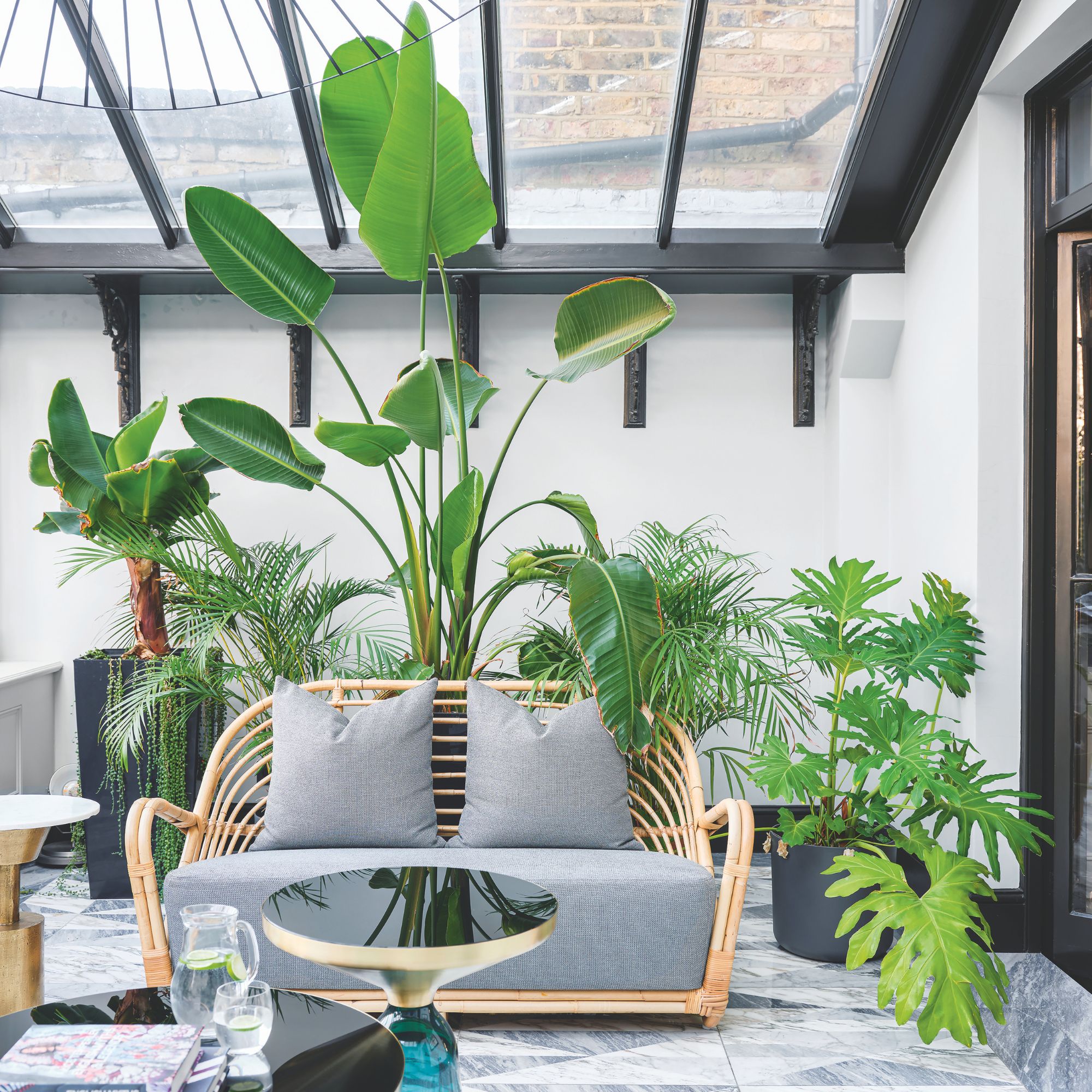 Will a conservatory add value to your home and how can you maximise it?
Will a conservatory add value to your home and how can you maximise it?This is what the pros say
By Amy Reeves
-
 I’ve been looking for a new signature scent for my home and The White Company's new fragrance is the exact summer holiday smell I needed
I’ve been looking for a new signature scent for my home and The White Company's new fragrance is the exact summer holiday smell I neededSantorini smells fresh, summery and sophisticated
By Kezia Reynolds
-
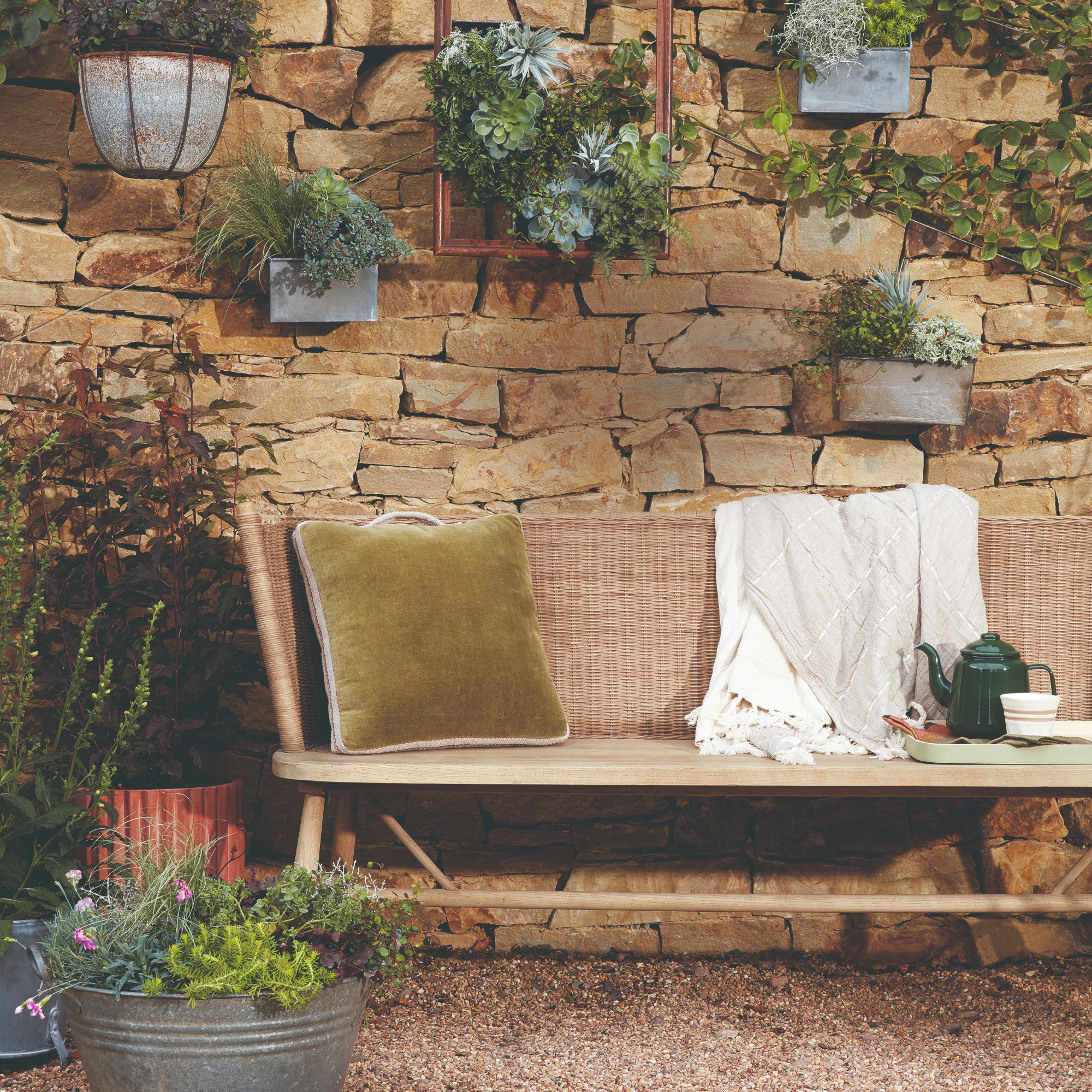 How to remove algae from garden walls in five steps – and the cleaning product experts rave about for tackling it fast
How to remove algae from garden walls in five steps – and the cleaning product experts rave about for tackling it fastExperts share their top tips for getting garden walls algae-free
By Katie Sims